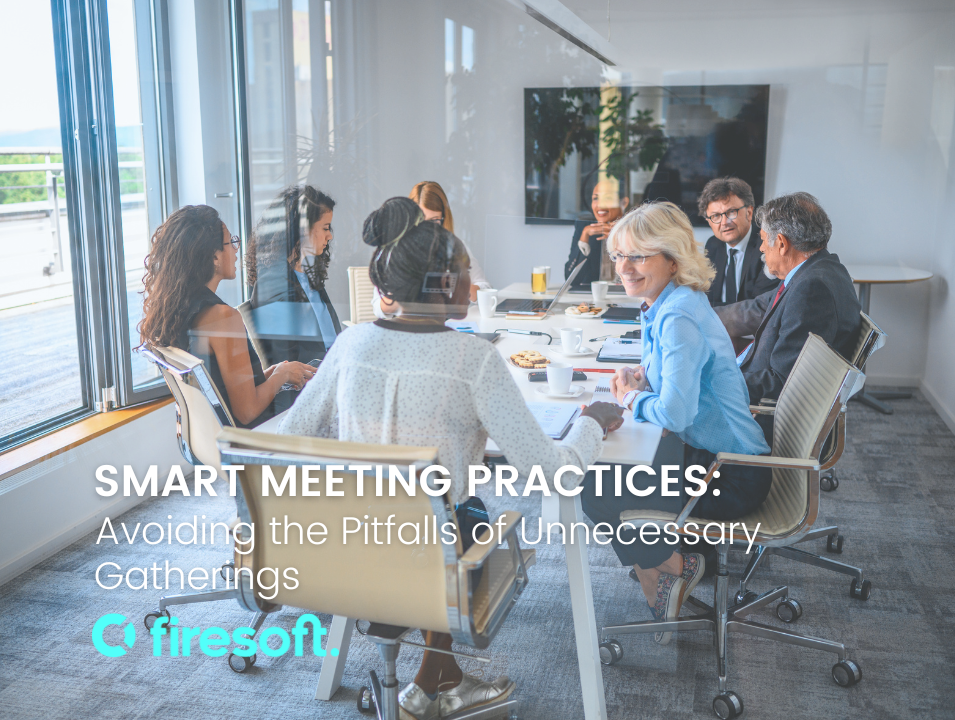HOW TO NAVIGATE DIFFERENT PERSONALITIES IN THE WORKPLACE

It’s actually pretty incredible; we humans are quite scientific when it comes down to our personalities and our hard-wired tendencies. How we interact with others, how we process information, and how we absorb the outrageous amounts of data pouring through our sensory system every millisecond is actually quite simple to dissect.
The key here is to recognise and accept that not everyone is the same as you (shock, horror!). In order to be a true Jedi Master, you have to understand how to best navigate negotiations with others to reach them speaking their language (not just your own!).
Most people can be categorised into one of four core personality categories: Dominant, Influential, Steady, or Conscientious. Now, this is by no means a mutually exclusive model; you can be a blend of all 4 categories however usually, there is one category that stands out as the ‘driver’ and can be identified by any innocent bystander with little observation. Without getting too fancy (as this has the potential to be a very long post) lets break down the basics…
Types and their Visible Traits:
Dominant – The D Behaviour Style tends to be direct and decisive. They would prefer to lead than follow, and tend towards leadership and management positions. They tend to have high self-confidence and are risk takers and problem solvers, which enables others to look to them for decisions and direction. They tend to be self-starters. Dead Giveaway: Look for those who think about big picture goals and tangible results. They are bottom-line organisers that can lead an entire group in one direction. Often very direct and get to the point succinctly.
Influential – The I Behaviour Style is not afraid to be the centre of attention. They are enthusiastic, optimistic, talkative, persuasive, impulsive and emotional. This Personality Type will trust others naturally, truly enjoys being around others, and functions best when around people and working in teams. Dead Giveaway: Look for those who go out of their way to keep things light, avoid and negotiate conflict and keep the peace. They keep environments positive with their enthusiasm and positive sense of humor.
Steady – The S Behaviour Type is known for being steady, stable, and predictable. They are even-tempered, friendly, sympathetic with others, and very generous with loved ones. The S is understanding and listens well. Preferring close, personal relationships, the S is very open with loved ones, but can also be possessive at times and hold them close. Dead Giveaway: Look for patient, and good listeners, who want to work with teams in a harmonious way. They tend to be compliant towards authority and a loyal team player. They do not enjoy being the centre of attention.
Conscientious – The C Behaviour types are accurate, precise, detail-oriented, and conscientious. They think very analytically and systematically and make decisions carefully with plenty of research and information to back it up. The C has very high standards for both themselves and others. Due to the fact that they focus on the details and see what many other styles do not, they tend to be good problem solvers and very creative people. Dead Giveaway: Look for preference for exact figures and details. They work to ensure highest quality and accuracy and can sometimes come across as being overly pedantic.
How to Best Speak Their Language:
Dominant – Be direct, to the point, and brief. Focus on tangible points and talk about “what” instead of “how”. Focus on business instead of social topics and try to be results oriented. Make suggestions for how to achieve the goal instead of talking about why it won’t work. Try to think like a D, be confident and focus on problem solving and big-picture outcomes.
Influential – They are motivated by the approval, flattery, praise, popularity or acceptance by others. It’s important to build rapport and be friendly. Approach them in a favourable and friendly environment. Give them plenty of opportunity to verbalize their ideas, as they usually have very create thoughts and are great problem solvers. Allow time for sociable activities at work, they are great motivators of others.
Steady – Try to be personable and build rapport. The sooner they feel comfortable with you, the sooner they will open up to you, especially if they see genuine interest in them as a person. Provide them with specifics and clarifications for tasks they are asked to do and try to explain the “how” questions. They desire sincere appreciation for their acts of kindness and security in both situations and environments. They enjoy repetition and patterns and time to adjust to change if it must occur.
Conscientious – Pay attention to the details because this is what the C focuses on. When you can support a statement or idea with accurate data or examples that is helpful. Be systematic and logical in your thinking and planning and specific when agreeing or disagreeing. When disagreeing, work with facts instead of people examples.
There you have it – with the wave of your hand and a ‘this is not the drone you’re looking for’ you’ll have managed to open up a whole new world of communication and heightened awareness for yourself!
Other suggested reads for you


